
02 Feb Conversation with Adventure Photographer Eric Rock
Eric Rock, head naturalist at Natural Habitat Adventures, has been leading adventure and specialized photography tours since 1998. From hanging out of helicopters in order to photograph burning freighters to following in the tracks of heli-skiers down mountains, Eric is a master at combining his work as an adventure travel guide with his photography expertise. Recently, I spoke with him about his two passions and what he thinks “going on an adventure” truly means. For more of his photographs, visit his website at www.ericrock.zenfolio.com.
Candice Gaukel Andrews (CGA): Eric, I’ve interviewed you before, and I’ve known you for more than a decade. Your two passions are nature travel and photography. As an environmental writer and very amateur photographer myself, I know how a person gets hooked on watching wildlife and the natural world; just go outside and take a walk to a beautiful place. It always grabs you and keeps you coming back for more. But how did you get the photography bug?
Eric Rock (ER): It does sneak up on you! I think it was the storytelling part of photography that appealed to me. As a writer, you know that when you go out and experience something and then want to come back and write about it that you’re going to put all the tools at your disposal to use. You wonder, how is this all going to come out; what will the polished version be like? When you look through a camera, it’s the same thing, only your tools are how the camera works and the play of light. For all craftspeople, whether it’s words or light, you’re always striving for new ways to shape your vision or your story. You do yours with words; I try to do mine with images. I think a good photographer makes a photograph to understand something better in order to tell its story.
CGA: To your mind, how do adventure travels and photography fit together?
ER: I believe that a trip starts before you even leave. As soon as you start thinking about where you’d like to go, do some research about the place and what you hope to see — the different organisms and the varying aspects of the environment. The more you learn, the better the vision you’ll have when you start exploring. But a lot of people — myself included — tend to limit vision. When you’re actually out there, don’t stick to your preconceptions by only looking for what you think you traveled there to see. You need to put those two worlds together: your expectations and the reality of what happens on your trip. The toughest thing, sometimes, is staying open.
When you return home, the learning can continue through your photographs. I still look through images from past trips and think, oh, wow. That’s right. That’s why that particular bird turned its head that way.
Sharing your experience is another part of going on a trip; whether it’s through writing about it, creating a slideshow, presenting a talk, or putting together a book. That’s the great thing about photography today. You have so many more outlets than you did just a few years ago.
And, it’s interesting to see how photo books have changed over the years. The other night, I was looking at one of the first ever made, The Decisive Moment, a book of photographs by Henri Cartier-Bresson. [Published in 1952.] It was kind of fresh to pick up something like that and realize that today any high school student could technically produce a book like this in one weekend. But would it have the breadth and depth of Cartier-Bresson’s? No, because the material in it represents a lifetime of work. Few projects today have both breadth and depth. Today with digital media, we’ve lost that higher level of commitment to projects that we used to have in the past.
CGA: Before you started guiding nature tours, you were a photographer who took on some pretty adventurous assignments. But now, as a nature guide who must consider traveler safety as the utmost importance, would you still describe yourself as an adventure photographer?
ER: Yes, I would. Of course, back then, I was doing more physical stuff, such as trying to take a photograph with one hand while holding on to a rope or a reindeer with the other. But now, being able to spend time watching through a lens for a special glint in the eye when an animal turns its head or a different behavior I’ve been seeking to capture — well, it’s just a different type of adventure.
My risk today is more about whether I’m going to get the right light to photograph in, the right animals, and the right landscape; finding the best place for getting all of those things to come together.
CGA: So, adventures don’t always involve physical prowess?
ER: No, they don’t. I can illustrate that with an example. Recently, I’ve been guiding photo trips to Mexico to see the wintering grounds of the monarch butterfly. A few days ago, when I was at home in Bozeman, Montana, I decided that I wanted to photographically add to the story I can tell about the monarchs. It had been years since I’d seen their larvae and chrysalises. In the Gallatin Valley, I knew where there were some open areas with milkweed plants, the butterflies’ primary food source. So, I went on an adventure. I traveled the back roads of Gallatin County, searching for a little insect larva and caterpillar. It took a lot of pushing my way through brush and looking underneath leaves to find a monarch larva. But when I found it, it was a great accomplishment.
So whether you go halfway around the world to climb a mountain or to your local community park to look for an insect, it’s adventure. It doesn’t matter how old you are or what your abilities are, you can make an adventure out of anything. Adventure is inside you.
CGA: What’s up next for you, in your photographic adventures?
ER: I’ve toyed with going back into documentary film. As well as being very inviting, it’s something that scares me. Images that move and flow can certainly give you more creative potential for telling a story. But you do have to carry around more equipment and setting up a shot takes longer. When you’re taking still pictures and moving along with the wildlife, it tends not to be so much about the equipment and setup. You can be a bit more organic more quickly.
CGA: What about GoPros and iPhones? Photography with those devices doesn’t require a lot of equipment.
ER: GoPros and iPhones can work for a lot of things, that’s for sure. But for nature photography, I think capturing visually inspiring details requires more attention to technique and equipment.
Too, I think that today there are a lot more opportunities to act disrespectfully in nature photography, and a lot of that is being done with remote cameras. If animals are allowed to come into contact with photographers’ equipment, the level of respect between humans and wildlife breaks down. National parks have recently outlawed drones, and I commend them for that. Unattended cameras that aren’t being used for research purposes might eventually have to be outlawed in national parks, as well.
CGA: Are there any photographic subjects that have escaped you; ones that you still seek to capture?
ER: Last year, I made my first trip to Mongolia and spent some time in snow leopard habitat. Unfortunately, we saw everything but snow leopards, so I’d like to go back. But even though we didn’t catch sight of the big cats, the trip was successful in that our travelers raised $14,000.00 [through a matching program with Natural Habitat Adventures and the World Wildlife Fund] for a Mongolia snow leopard conservation program. I’m proud of that.
CGA: When people look at your photographs, what is it that you hope they will feel or take away from the experience?
ER: Questions, because they are part of wonderment. I hope they will walk away with the kind of questions that come from gaining a new perspective. One of the most difficult things for a still photographer to do is to provide a different way of perceiving something. Whenever I would show my work to editors of publications, one of my favorite things to do was watch their faces. When they would stop and hold on an image, I’d see them kind of look at it, and then try to figure out the angle. Those images were usually my favorites because they gave people a chance to think about things in a different way — visually as well as intellectually.
CGA: Imagine we’re sitting here a year from now, and you’re telling me what a great year of work you had. What are you telling me about?
ER: Since I’m guiding, it’s not so much about my photography anymore. For me, it’s about travelers having a chance to go a little bit deeper into their photography — either learn more about it or become more comfortable with it. I’d like them to return home with portfolio-quality shots of the things they were looking for; but, more importantly, I’d like them to capture the images they weren’t looking for; the ones that they discovered by learning about the animals they went to see and the natural places they went to experience.
CGA: Do adventure photographers ever retire?
ER: I remember a story about an old, cowboy river guide named Kenny who used to work with me in Bella Coola, British Columbia, Canada. He and I spent a lot of time on the river. One day, as Kenny was helping people into and out of the drift boats, a traveler asked him, “Do you think you’ll ever retire from this job?” Kenny stopped, slowly straightened the cricks out of his back and stood up, looked around, blinked his eyes a couple of times and said, “You know, I guess when it gets to the point that I’m asking travelers to help me in and out of a boat, I should probably retire.”
Kenny passed away recently, but he’s still alive with me in many ways. I’m keeping his thought in mind: when I get to the point that travelers are helping me over logs and into and out of vehicles, I should probably look at doing something different.
CGA: So, so far, what I’m hearing is that contrary to the conventional definition of adventure, being an adventure photographer isn’t dependent on a person’s physical ability or age, traveling to a dangerous place or engaging in a risky activity.
ER: Adventure is such a wonderful concept. When we close our eyes, all of us have a different idea about what adventure is. Wouldn’t it be cool if a little window popped up above everyone’s head when the word adventure is mentioned, and you could see what’s in that window?
CGA: I think that would be pretty scary!
ER: Seriously, though, I think adventures should incorporate an aspect of growth. When was the last time you had a chance to be really stuck somewhere; get cold, wet, dirty and hungry? That, to me, is when most people do their growing. Unfortunately, we’ve become very intolerant to those little things we used to call “inconveniences.”
When I think about my best adventures, they happened when I wasn’t on the prepared schedule. I might have been hours or a day out from where I was supposed to be because things just happened. They’ve usually gone something like this: “Well, we’ve got a little bit of food to make it through the day and, hopefully, we’ll be back in tomorrow.” At the time in my career when I was conducting research in Alaska, it was more about living in the here and now.
CGA: I know what you mean. My own best stories have been when things go wrong. Bragging rights, you know.
ER: Exactly! I didn’t have this idea when we started talking, but that’s what sneaked out: everybody’s idea of adventure is going to be different. For some people, it’s hanging from a precipice or kayaking along a rugged shoreline, paddling where the waves are the biggest, roughest and most unpredictable. For others, adventure means looking for the light — looking for that moment that defines an animal or a natural history experience.
CGA: Is it frustrating to be a photographer and a guide, especially when, say, you see an animal you’ve always dreamed of photographing, but you can’t take the time to set up the shot because you’re watching over travelers?
ER: It’s true that today a lot of my photography doesn’t happen when I’m leading a tour. If there’s any bit of time, light or opportunity at the end of the day after my travel group is turned in, that’s when I might go out and grab a photograph, whether it’s a snowshoe hare on lodge property or an eagle flying by. It’s when everyone else is taken care of and satiated that I get a chance to go out and snatch a few moments. Adventure is squeezing a little bit more juice out of the day.
I’ve learned to overcome that frustration you mentioned with the ability to really get jazzed when I look over at somebody else’s camera and they got the shot! You know how they say at the end of your life, a slideshow plays in your mind, filled with the images of all your greatest moments? For me, at the end of my time on this particular Earth, the ultimate slideshow will be made up of images taken by people with whom I’ve traveled. For me, how I have helped other people create their own shows is a much better statement of what I’m about than my own images.
CGA: Or, it would be a way to extend your own life, since you’ve helped a lot of people over your 16 years of guiding. That slideshow would probably take a lot of months or years to get through!
ER: I would hope so, but these days when I look over travelers’ shoulders, I see many of them deleting a lot of images on their digital cameras. Every time they do, I think, a little bit of me goes away!
Latest posts by Candice Gaukel Andrews (see all)
- 10 Reasons Why a Dose of Fear Is Good for You - December 13, 2017
- Extinction Tourism: Seeing Wild Animals Before They’re Gone - November 8, 2017
- The Travel Cycle’s Four Stages—Plus One - October 18, 2017





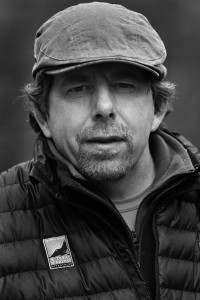
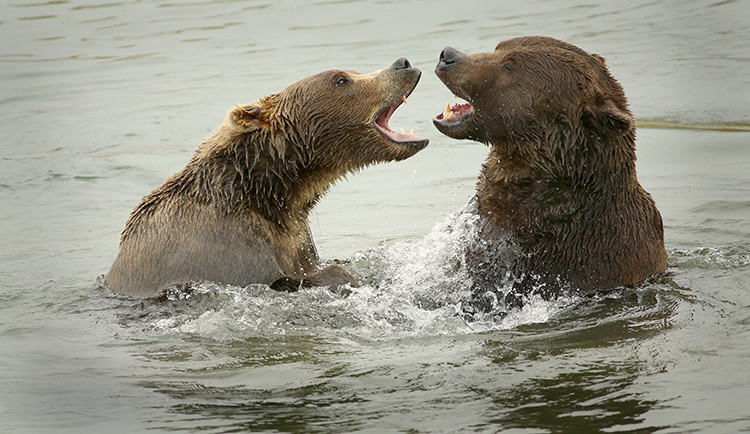
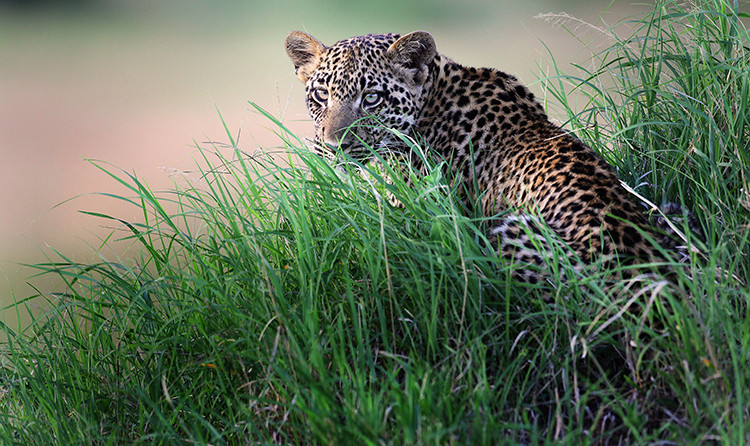






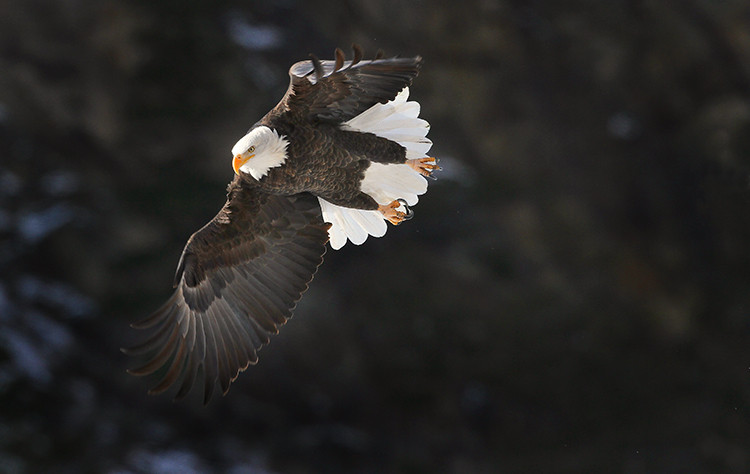

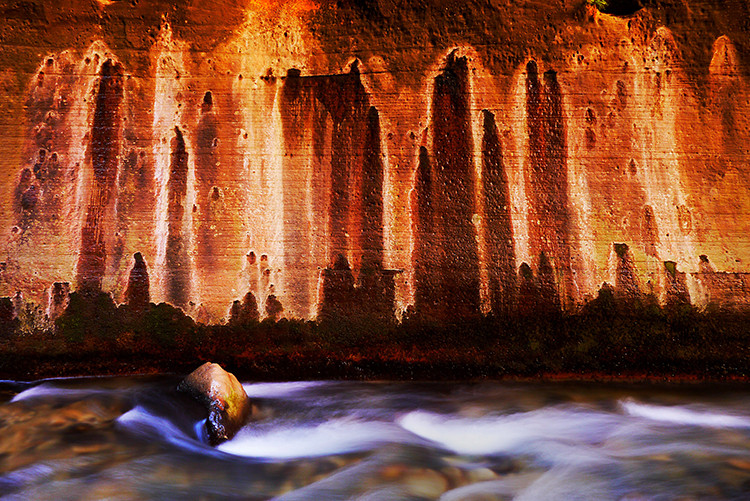

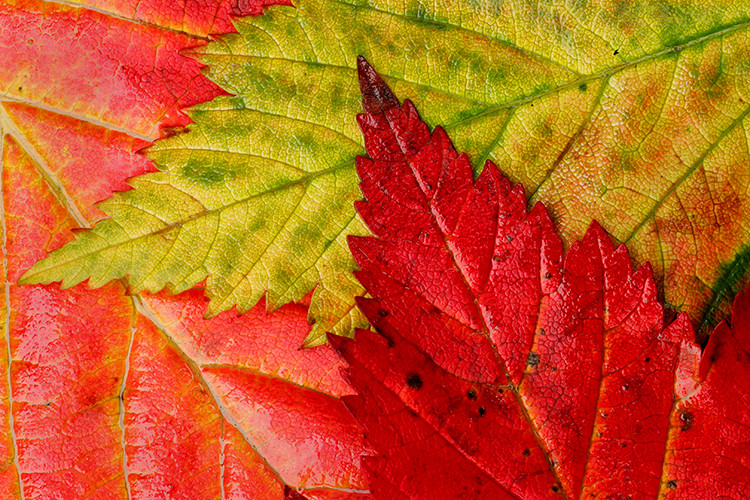
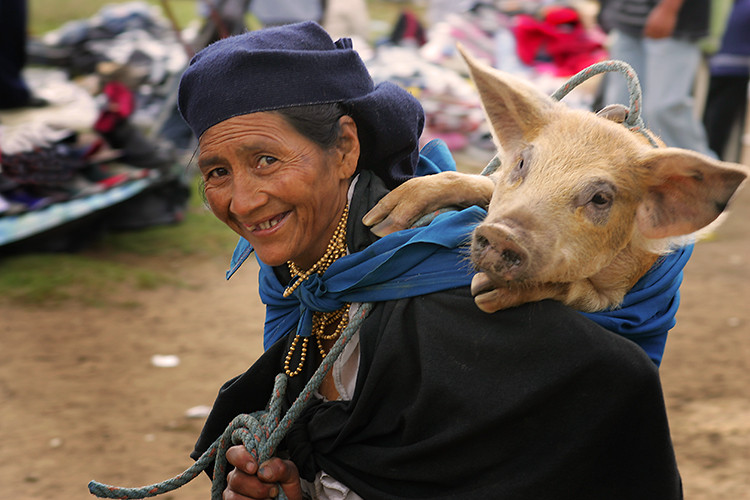


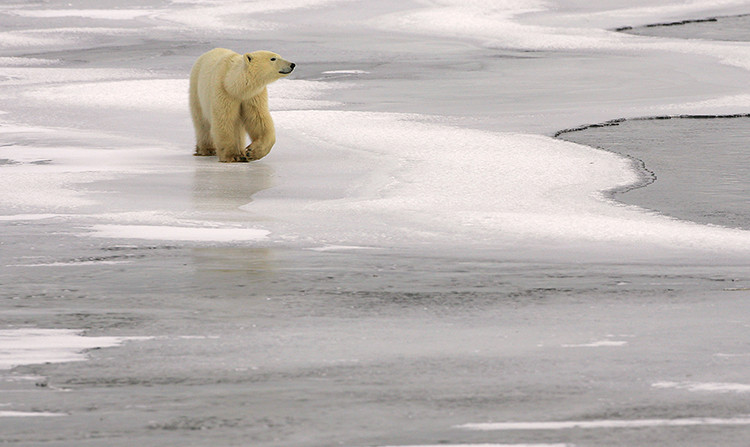
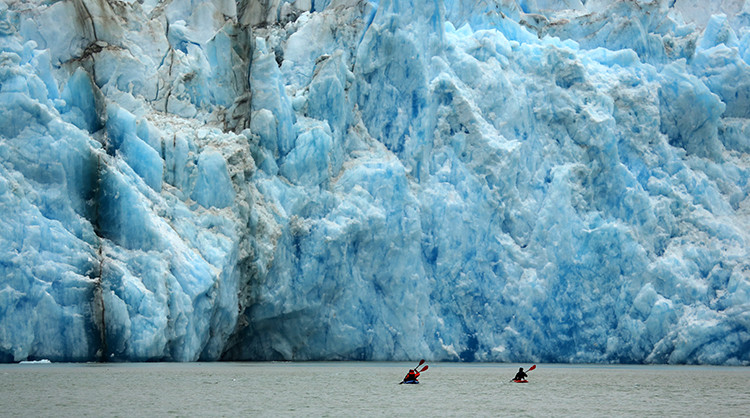
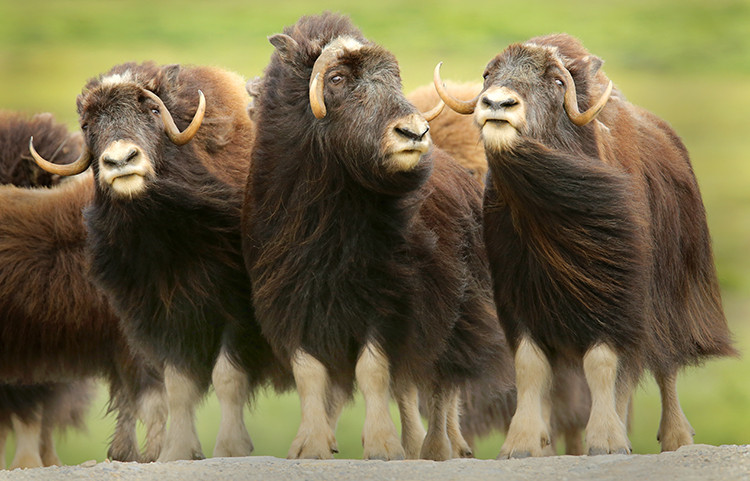
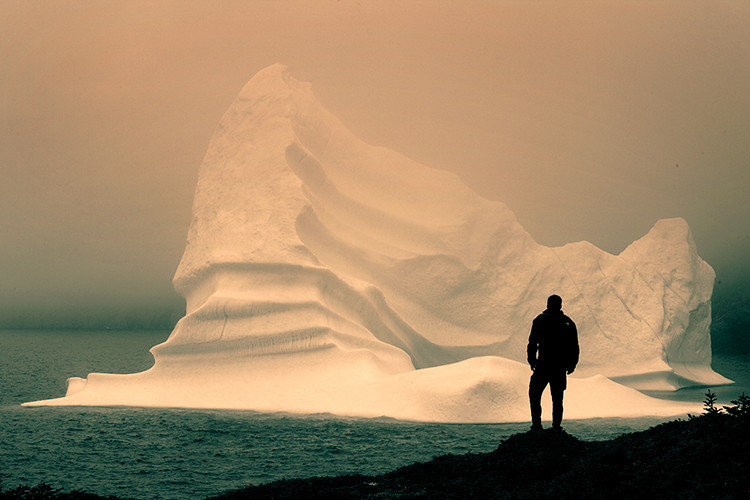
No Comments